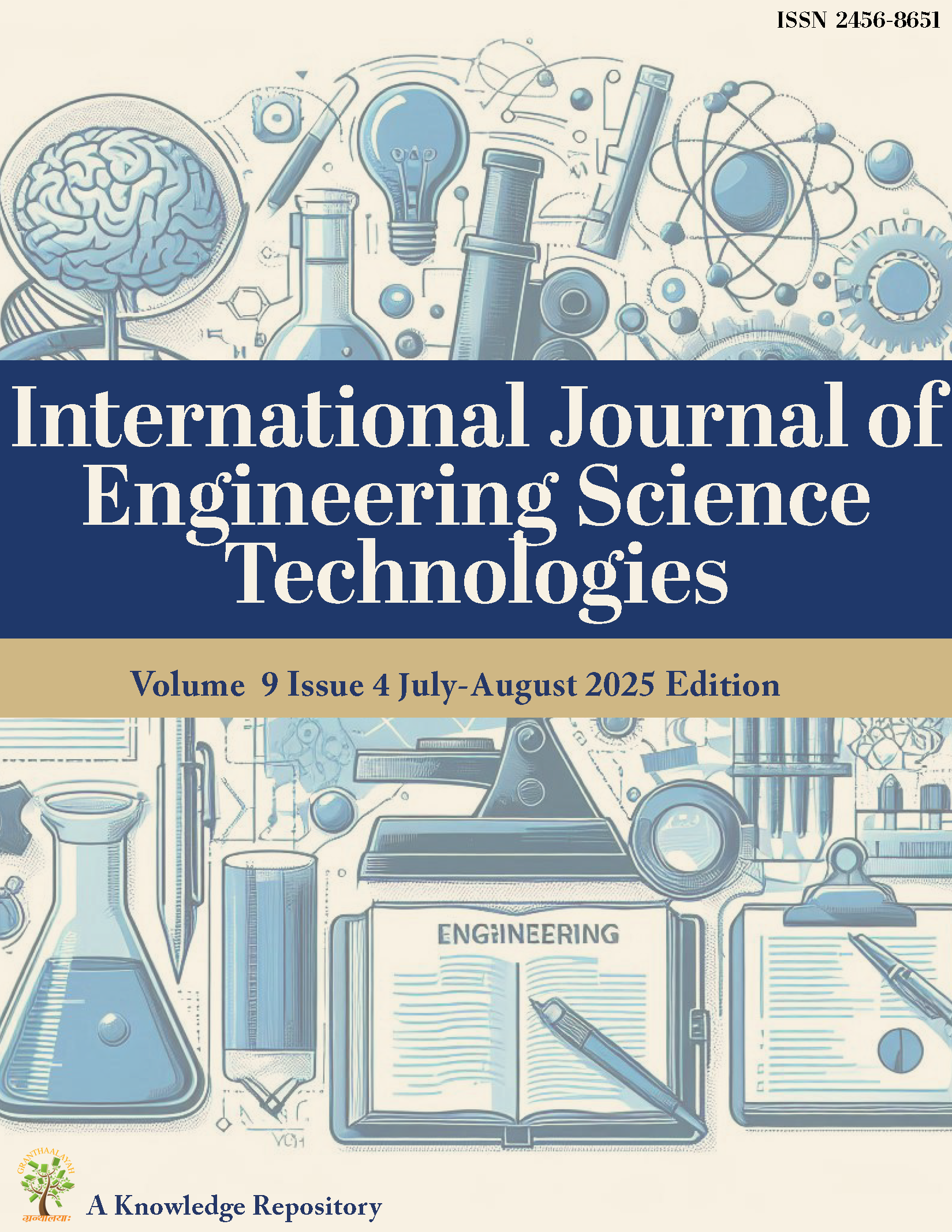BEHAVIORAL CHANGES OF SPILLED OIL IN THE MARINE ECOSYSTEM
DOI:
https://doi.org/10.29121/ijoest.v9.i4.2025.681Keywords:
Oil Spills, Marine, Ecosystem, Environment, Behavior, Changes, Marine Oil Spills Oil Properties, Spilled Oil Weathering, Ecological and Environmental ImpactsAbstract
When oil is spilled at sea it normally spreads out and moves on the sea surface under the influence of the wind and current while undergoing a number of chemical and physical changes. These processes are collectively termed weathering and determine the behavior of the oil. An oil spill is the release of the liquid petroleum hydrocarbon into the environment, especially marine areas, as a result of human activity and other factors as equipment failures, human errors, willful damage to equipment and oil installations etc. Oil is the most common pollutant of the marine environment. The behavior of spilled oil depends on the oil properties and the environmental conditions. It is very important to recognize the dynamic nature of spilled oil because the properties of spilled oil can change over time. It is important to monitor the continuous changes in the properties of the spilled oil, as response strategies may have to be modified to suit the current changes in oil behavior. The properties of crude or refined oils vary in their physical and chemical characteristics. These characteristics affect their volatility, toxicity, weathering rate and persistency. Oil spills have a devastating and long term impact on waterways and coastal areas around the world. Seabirds are frequently affected by offshore oil spills. Spills can severely harm turtle eggs and damage fish larvae, causing deformities. Shellfish and corals are particularly at risk since they cannot escape the runaway slick. Oil spills are also responsible for tainting algae, which perform a vital role in water ecosystems. Oil spills can be partially controlled by chemical dispersion, combustion, mechanical containment and adsorption. As the world advances technologically, unfortunately accidents do happen and spills reoccur more frequently than we would like. A good knowledge and understanding of the types of oil, oil properties and the changes in the behavior of oil is very critical in effective response planning, strategies choices, execution and overall oil spill emergency response management in the marine ecosystems.
Downloads
References
Adams, S. A., & Socolofsky, S. A. (2001). Estimating Hydrate Formation and Decomposition of Gaseous Release.
Bautista, H., & Rahman, K. M. M. (2016). Effects of Crude Oil Pollution in the Tropical Rainforest Biodiversity of Ecuadorian Amazon Region. Journal of Biodiversity and Environmental Sciences, 8(2), 249–254.
Bishnoi, P. R., & Maini, B. B. (1979). A Kinetic Study of Methane Hydrate Formation.
Conover, W. J. (1971). Practical Nonparametric Statistics (pp. 295–301, 309–314). John Wiley & Sons.
Fannelop, T. K., & Sjøen, K. (1980). Hydrodynamics of Underwater Blowouts. https://doi.org/10.2514/6.1980-219
Fiest, D. L., Boehm, P. D., Rigler, M. W., & Patton, J. S. (1981). Ixtoc 1 Oil Spill: Flaking of Surface Mousse in the Gulf of Mexico. Nature, 290(5803), 235–238. https://doi.org/10.1038/290235a0
Fingas, M., Hollebone, B., Fieldhouse, B., & Wang, Z. (1996). The Evaporation of Oil Spills.
Heider, J., Spormann, A. M., Beller, H. R., & Widdel, F. (1998). Anaerobic Biodegradation of Hydrocarbons.
International Maritime Organization. (2005). [IMO Guidelines or Publication Title if Available].
Johansen, S. (2000). Modelling of Cointegration in the Vector Autoregressive Model. Economic Modelling, 17(3), 359–373. https://doi.org/10.1016/S0264-9993(99)00043-7
Leahy, J. G., & Colwell, R. R. (1990). Microbial Degradation of Hydrocarbons. Microbiological Reviews, 54(3), 305–315. https://doi.org/10.1128/mr.54.3.305-315.1990
Masutani, S. M., & Adams, E. E. (2000). Experimental Study of Multi-Phase Plumes with Application to Deep Ocean Oil Spills.
Shiu, W. Y., Bobra, A. M., & Mackay, D. (1990). Effects of the Water-Soluble Fraction of Crude Oil.
Stiver, W., & Mackay, D. (1984). Evaporation Rate of Spills of Hydrocarbons and Petroleum. Environmental Science & Technology, 18(11), 834–840. https://doi.org/10.1021/es00129a006
Yapa, P. D., & Zheng, L. (1997). A Model for Simulating Deepwater Oil and Gas Blowouts.
Yapa, P. D., Zheng, L., & Chen, F. (2001). A Model for Deepwater Oil/Gas Blowouts. Marine Pollution Bulletin, 43(7–12), 234–241. https://doi.org/10.1016/S0025-326X(01)00086-8
Published
How to Cite
Issue
Section
License
Copyright (c) 2025 Etuk Etiese Akpan

This work is licensed under a Creative Commons Attribution 4.0 International License.






























